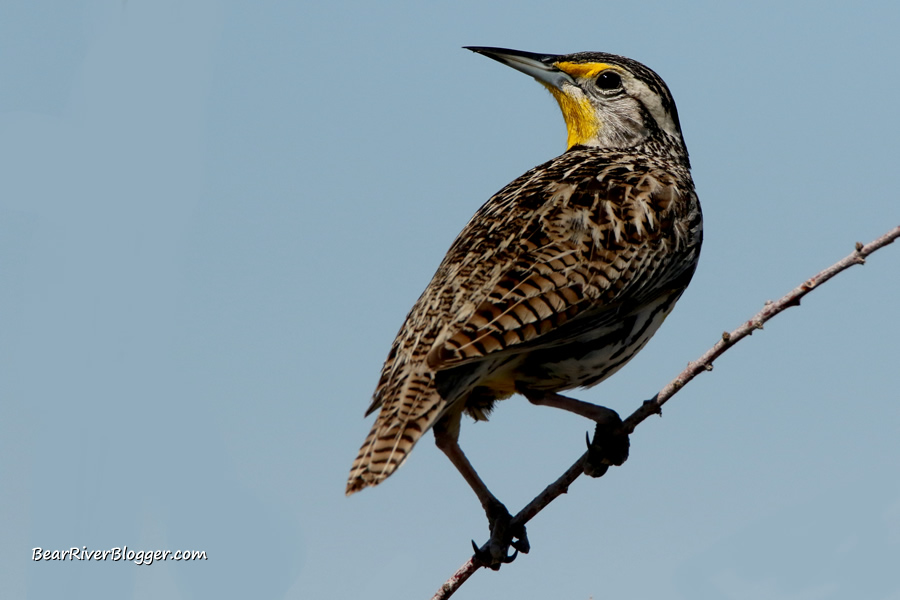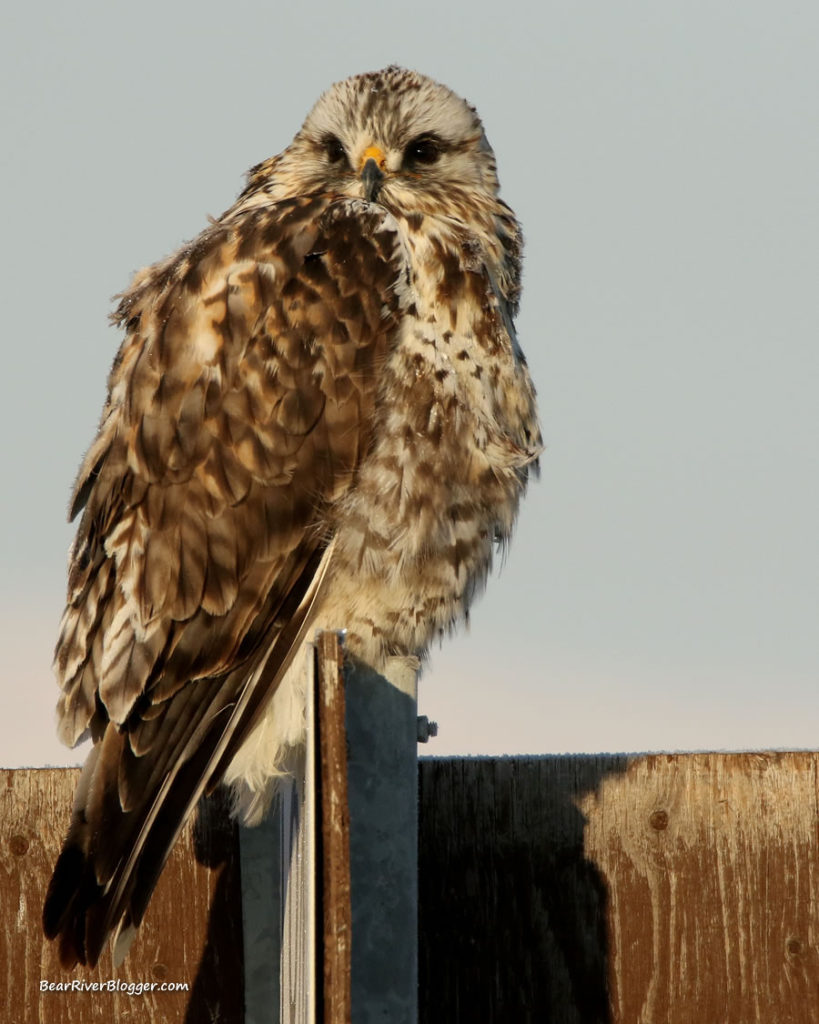It is no secret I anxiously look forward to spring on the Bear River Migratory Bird Refuge. This year, however, due to the worldwide spread of the coronavirus, my time on the refuge has been, unfortunately, severely limited, to say the least.
It’s also hard to admit, as a result, my photography on the refuge has been very limited as well. Last week, however, I took a drive to the refuge auto tour route and, while maintaining proper social distancing by staying inside my car and not interacting with anyone, I was able to spend a couple hours photographing a few birds and other wildlife which calls the Bear River Bird Refuge home.
Birds on the refuge
Birds are, without any question, the biggest reason why almost everyone visits the 77,000-acre nature preserve. I, as well, visit the refuge a lot each year solely for the hundreds of bird species and the millions of actual birds that either reside there year-round or migrate through each spring and fall. It is a year-round bird photographers paradise and I make use of each and every season and the corresponding birds which live on the refuge at those times.
The first bird I encountered last week was a most handsome little fella but one I could not identify at the time. I’ll be honest here, my birding skills are far less advanced than my outdoor photography skills are and I still have no idea what species of bird this is. I do have a stack of bird books around here and when I get some time I will find out what it is but for now, the species name eludes me.
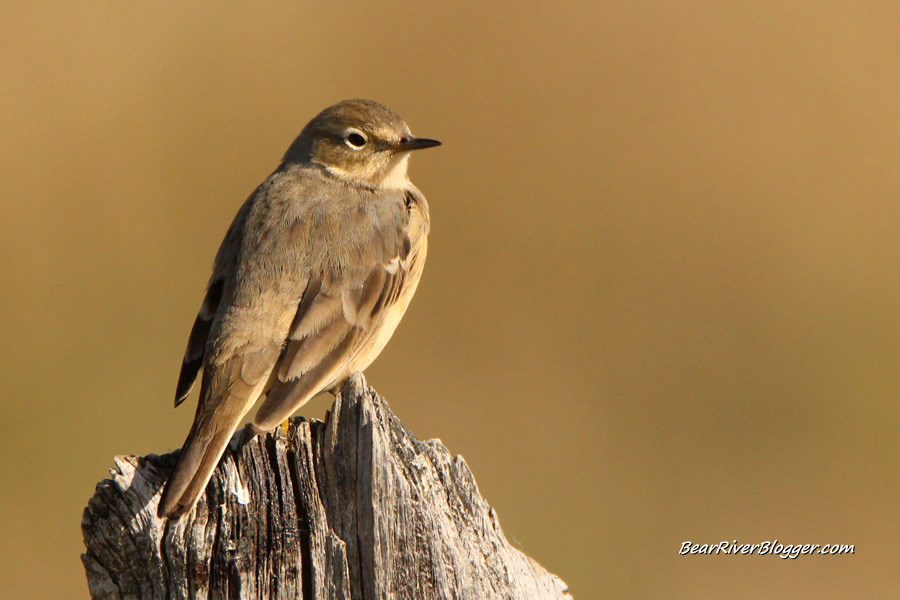
The image was taken on Forest Street on my way down to the auto tour route and it is a nice example of how I love to soften and really blur the background behind the image. One of my previous posts actually goes into quite a bit of detail about how to do this with your own images, by the way.
On the drive, I later came across what I thought was a nice scene of a pair of resting Canada geese but after having to photograph it directly into the sun, it turned out a bit soft for my liking. I decided to darken it and post it anyways but this is why I am not a huge fan of backlighting in nature photography. My camera struggled to get a good sharp focus on the geese and what could have been a great scene ended up being an average snapshot, in my opinion.
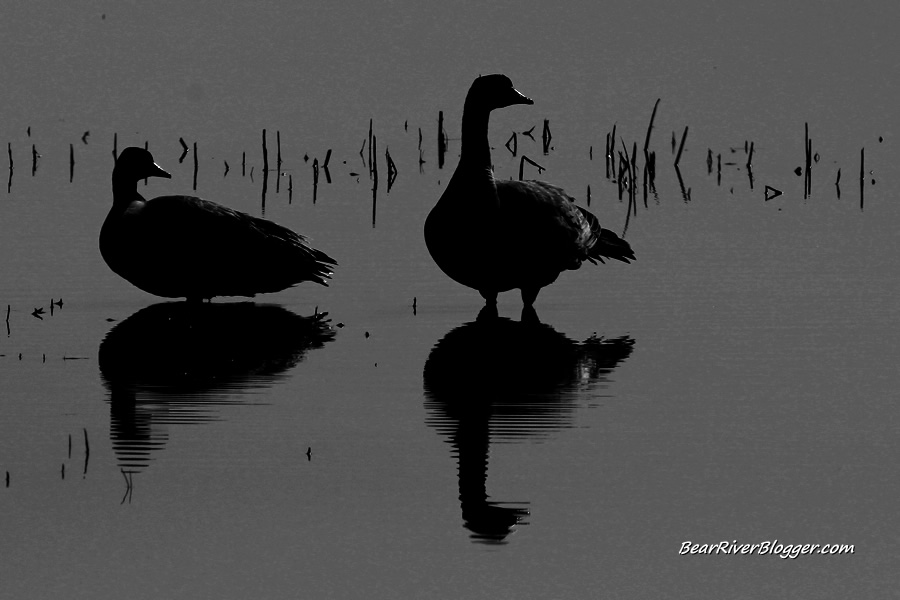
Sandhill cranes are one of the species that nest on the refuge. I recently have seen them in the surrounding farms and agricultural areas but this one was the first crane I have seen on the refuge this year. It is good to see they are back and some years I have seen adults with their young foraging on the refuge. I am hoping this year will be the same as I rarely get to photograph sandhill cranes on the refuge.

The yellow-headed blackbirds are back on the refuge for another breeding season. Their harsh-sounding mating call fills the refuge each summer. It might not be the prettiest of sounds in nature but it is one of my most favorites for sure. These birds are a pure delight to watch and photograph on the refuge. They are fairly easy to photograph and they do make for good practice for the novice bird photographer looking to up his game.
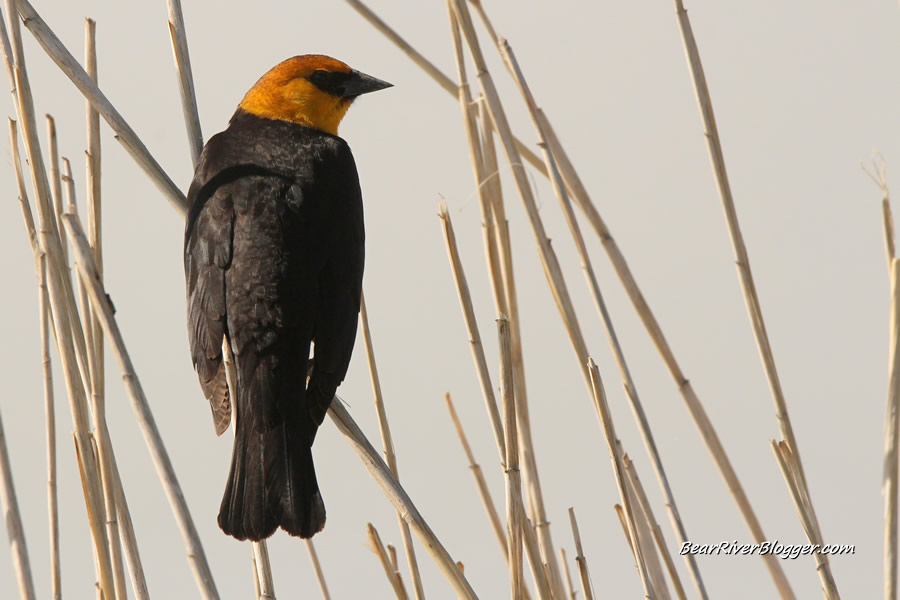
One of the last birds I was able to get a photo of while on the auto tour route was this black-crowned night heron. I am not too particularly fond of the image because of the harsh light that was prevailing at midday but these birds don’t oftentimes sit for a photo so I am happy I did get a decent image of this bird while out on the refuge.
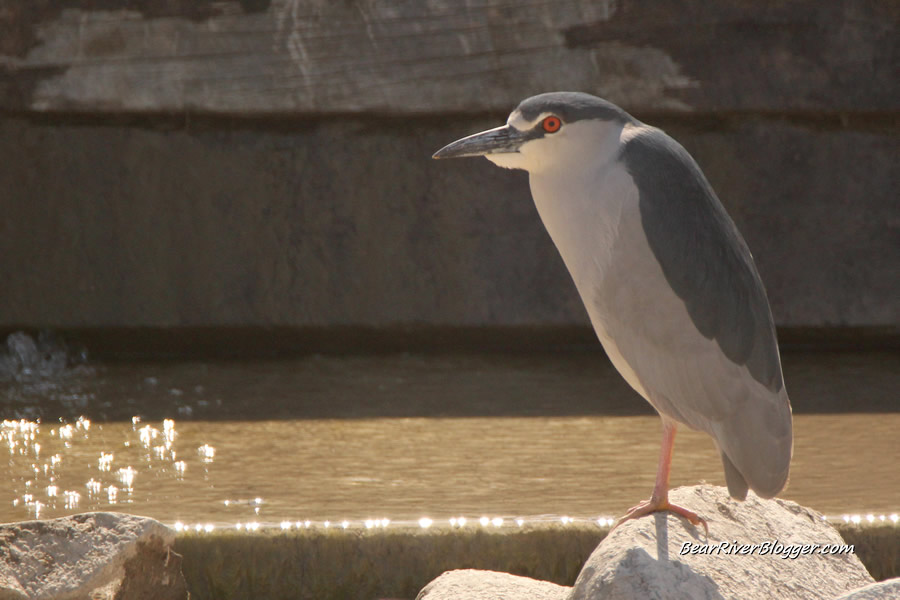
Butterflies on the refuge
Most people aren’t aware of the interesting butterflies that live on and migrate through the refuge each year. I was unaware of them as well until a few years ago I noticed a monarch butterfly perched on a sunflower. It wasn’t long before I saw another one and that is all it took for me to keep my eyes open for butterflies.
I have seen a great variety of butterflies on the refuge, including, for example, the monarch, morning cloak, and the western pygmy blue butterfly, one of the smallest of butterflies in the world. On this trip, however, I was only treated to this species of white butterfly, possibly a cabbage white butterfly, I don’t know, but I am sure I will find painted lady butterflies and a variety of other butterfly species out there this summer as I do each and every year.
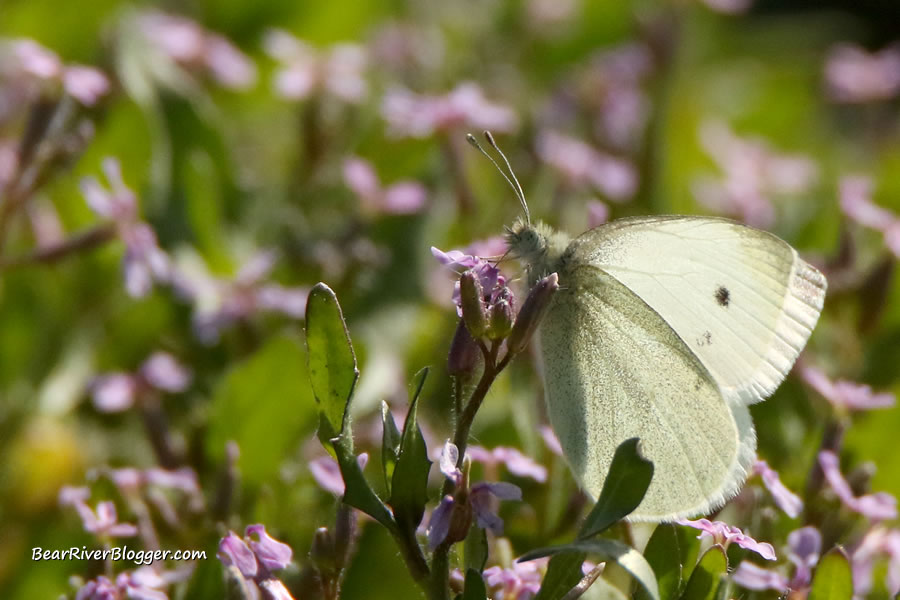
Other critters on the refuge auto tour route
Other forms of wildlife I am privileged to see on the refuge auto tour route range from mule deer to gopher snakes, and everything in between. On this trip, I was able to get a few images of a long-tailed weasel that was surveying the refuge from the safety of his borough.
They are interesting little creatures and quite strikingly beautiful during winter when their coat turns white as snow. If you keep your eye out while on the refuge, you will see things most people miss, such as this little fella. I was able to sit and watch him for about 20 minutes or so before I decided to move on but all creatures on the refuge are interesting and deserve our attention and admiration.

Watching for birds on Forest Street
I am going to end this blog post with one of my most favorite sights and sounds in nature, the western meadowlark singing its most beautiful song. They are common on the refuge and also on Forest Street, which is where I was able to get his photograph.
Other birds I was able to see on Forest street included the long-billed curlew. Even though I was unable to get a decent enough image to post here, I was able to watch a good number of curlews on Forest Street that day. Most people race down the 12-mile road to get to the auto tour route but by doing so, they oftentimes miss some great bird watching opportunities along the way.

If you are interested in seeing more about the refuge, feel free to subscribe to my blog. When life gets back to normal and I can spend more time on the refuge auto tour route, I plan on making up for lost time looking for birds, butterflies, and other creatures to photograph and blog about.
It is such an amazing place year-round but this is my most favorite time because of the diversity of wildlife I get to see on the refuge.

